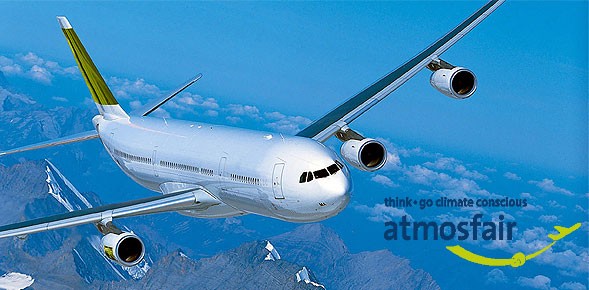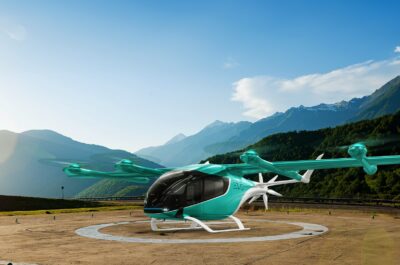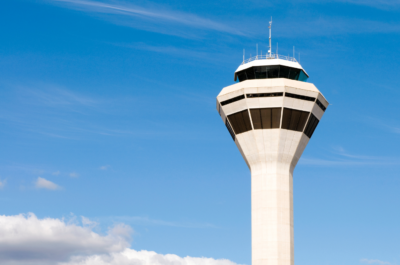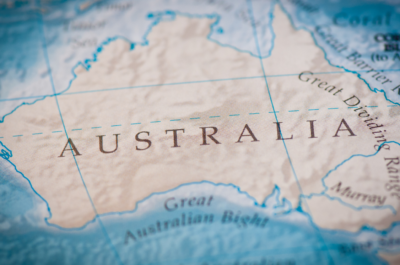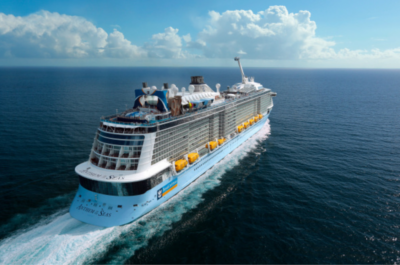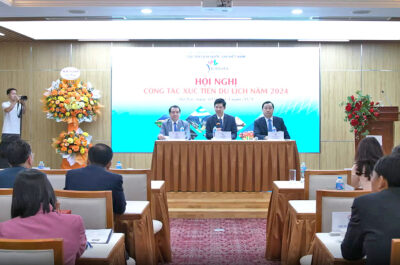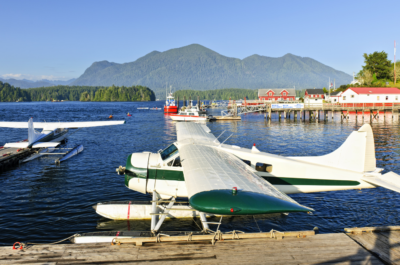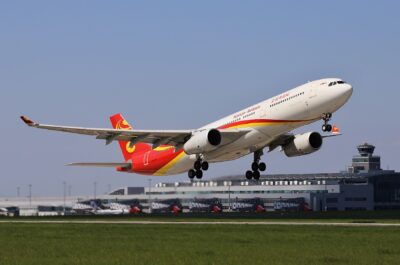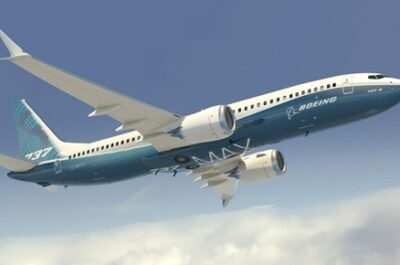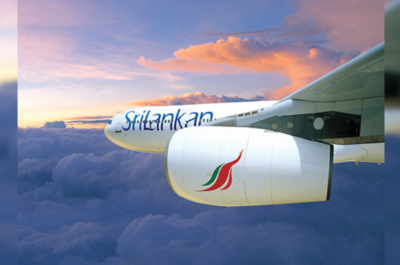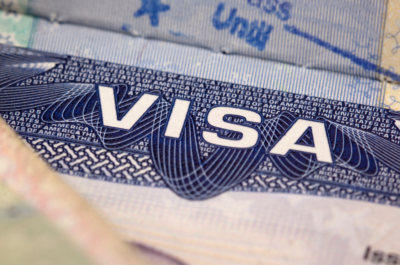Chinese airlines are growing at a double-digit rate and their CO2 output is growing just a little slower. CO2 efficiency in global air traffic has improved slightly. Two German airlines are among the top 10 most CO2-saving airlines worldwide.
BERLIN – The flight-kilometers of the five largest Chinese airlines have increased by 12% in one year. With this, their CO2 output also grew by about 8%. This means that traffic volume and climate impact have not been decoupled, which is what the air traffic industry will strive for as of 2020. For airlines worldwide, it holds that their CO2 output increased about half as quickly as their traffic volume on average.
This is shown by the new atmosfair Airline Index (AAI) 2015, presented in Berlin.
The Index compares the greenhouse gas emissions of the 198 largest airlines worldwide and evaluates their CO2 efficiency. Including some 31.5 million flights around the globe, the AAI depicts about 92% of the air traffic worldwide in total. The current calculations are based on the latest available data from the global air travel industry from 2013.
In global terms, the world’s largest airlines have reduced their CO2 emissions by nearly 2% in one year (calculated per passenger and kilometer). However, global air traffic (passengers and kilometers) grew at the same time by some four percent. Thus, all airlines’ total emissions increased by some two percent.
“While the increase of CO2 emissions from energy use worldwide continued to slow and came to a halt in 2014, emissions from air traffic appear to be continuing to increase. China and the Middle East are the largest growth regions in this,” states Dietrich Brockhagen, Managing Director of atmosfair. With its emissions, the aviation industry remains far from a development path that would limit global warming to at most 2 degrees Celsius. “Next year, over 190 countries will meet again in Paris, but this time to decide about far-reaching climate protection regulations for global air traffic.Without a clear outcome at the upcoming climate summit in Paris, I see little chance for this,” says Dietrich Brockhagen.
In 2013 in Montreal, the International Civil Aviation Organization (ICAO) decided to adopt a system in 2015 in Paris that will lock the air traffic industry’s future CO2 emissions in at their 220 level.
New aircraft models increase fleets’ efficiency, German airlines are among the top
The AAI calculations show that the airlines’ increasing efficiency can mostly be attributed to replacing older aircraft models like the Boeing 747 or older Boeing 737 models with the Boeing 777, Airbus 330, or Boeing 737 Next Generation. Increased use of the highly efficient Boeing 787 contributes to this. The newest generation, such as the Airbus A350, was not delivered until the end of 2014 and is thus not yet included in the current Airline Index. Retrofitting the aircrafts with aerodynamic winglets also had a positive effect.
For the first time, an airline has reached the highest Efficiency Class A: Tunis Air Express, a regional airline, was able to achieve over 90% of the technically achievable optimal potential on short-distance routes. Only 14 of the 198 worldwide largest airlines tested by atmosfair flew Efficiency Class B, which means that there was practically no change from the previous year.
Among the German airlines, the holiday carrier Tuifly performed the best and placed stably at 3rd in the world ranking and in Efficiency Class B. AirBerlin and Condor followed (which latter rose to 18th place, Class C).
Among the large commercial airlines internationally, Air Berlin leads in the ranking with a modern fleet and a high utilization rate (8th place, Class C) just ahead of the Canadian Air Transat (9th place, Class C) and TAM Linhas Aereas from Brazil (12th place, Class C). Thus, these airlines are each the best large net carriers in Europe, North America, and South America, respectively. Within the EU, Air Europa from Spain (32nd place, Class C) ahead of Dutch KLM (33rd place, Class C) followed Air Berlin in the ranking.
The largest German airline Lufthansa was able to improve its efficiency by nearly 3 percentage points. Lufthansa was able to significantly increase its efficiency compared with the previous year by improving the fleet and load factors. Because its seating capacity is slightly below average, it does not fulfill its full potential for efficiency. On up to a quarter of short and medium-distance routes, Lufthansa still uses more inefficient aircraft models (i.a., B737-300/500). Compared with the previous year, Lufthansa used more modern wide-body jets (A340, A330, A380, B747-8I) on long-distance routes. Compared to the competition, Lufthansa gained slightly and landed in the overall ranking at 68th place (Efficiency Class D).
“For airlines, climate efficiency does not depend on country of origin,” explains Dietrich Brockhagen. “Anyone who can adapt a modern fleet well to the flight schedule and ideally combine engineering with operations can receive good values, regardless if it’s in Europe, Asia, or South America.”
The differences among the airlines can be significant. The fuel consumption per passenger and kilometer on a given route using one airline can be more than double that of another airline. The airlines that achieve the best scores are the ones that use modern aircrafts, pay attention to the route distance, accommodate a lot of seats, and then utilize both the seats and the hold well.
Budget airlines are evaluated in their own category within the AAI because they often benefit from subsidies; these artificially low ticket prices translate into flight-kilometers (and therefore also CO2 emissions) that would otherwise not have been created. The best budget airlines are also in Energy Class B, while the most are in Efficiency Class C. Some are even in Energy Class D.
Design and methodology
In the Atmosfair Airline Index (AAI), every airline can receive between 0 and 100 efficiency points for short, medium, and long-distance routes. This allows every passenger to compare the airlines that offer flights to his or her destination before flying and choose the one that produces the least CO2. This is especially relevant for companies with a lot of business travel, which in the best-case scenario can save not only CO2, but also ticket costs by changing airlines.
The Index is based on an airline’s CO2 output per kilometer and passenger on a flown route. The Index calculates the CO2 output for all routes flown using the aircraft model, the engines, the use of aerodynamic winglets, the seating and hold capacity as well as their capacity utilization on every individual flight. The exclusive data sources for this are international organizations like the ICAO or IATA and a number of specialized data services from the air traffic industry as well as computer models from aircraft engineers.
Theodore is the Co-Founder and Managing Editor of TravelDailyNews Media Network; his responsibilities include business development and planning for TravelDailyNews long-term opportunities.












